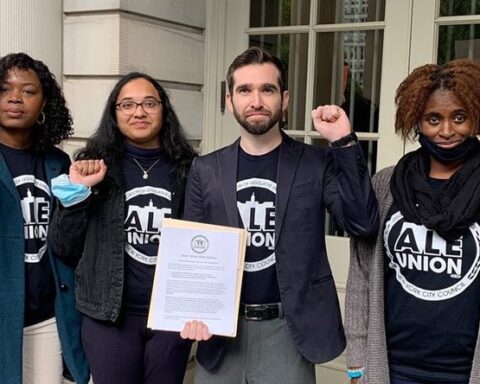Over 20 million people face acute food insecurity as drought ravages the region.
The Horn of Africa, encompassing Djibouti, Eritrea, Ethiopia, and Somalia, has been grappling with one of the worst droughts in 40 years. According to a recent study, human-induced climate change has made this drought 100 times more likely, exacerbating food insecurity for over 20 million residents.
Since October 2020, the region has experienced an unprecedented failure of five consecutive rainy seasons. This devastating drought has led to widespread crop failures, livestock deaths, chronic hunger, and water scarcity. The World Weather Attribution initiative, an international team of scientists that analyzes data and climate models to determine climate change’s role in extreme weather events, conducted a rapid attribution study, revealing that the agricultural drought would not have occurred without human-caused climate change.
Researchers found that burning fossil fuels increased the likelihood of the ongoing drought in the Horn of Africa by a hundredfold. This estimate is considered conservative. The study also highlighted that higher temperatures caused by climate change have led to increased evaporation from plants and soils, resulting in crop losses, livestock deaths, and water shortages. The earth’s average temperature is now approximately 1.2 degrees Celsius higher than pre-industrial levels.
While the study discovered no direct link between climate change and the lack of rainfall in the region, it found that climate change makes low rainfall more likely during the “long rains” season while making the short rains between October and December wetter. La Niña, a natural climate phenomenon, is one of the main reasons the region has experienced dryer conditions during the “short rains” season in recent years.
The drought crisis in the Horn of Africa has been further aggravated by other challenges, such as global price increases following Russia’s invasion and ongoing internal conflicts. With the majority of the population relying on rain-fed agriculture and livestock, the failure of rain has pushed many further into poverty. Over 8 million farm animals are estimated to have perished due to the drought.
More than 1.7 million people have been forced to leave their homes in Ethiopia and Somalia, with hunger levels rising dramatically. Over 20 million people in the region face crisis-level food insecurity, and Somalia is on the brink of famine. The United Nations High Commissioner for Refugees estimates that more than 43,000 people have died from the drought, with half of the fatalities being children under five.
As the climate continues to warm, experts warn that frequent multi-year droughts combined with heat extremes during the primary rainy season will have severe consequences for food security and human health in the Horn of Africa. Although the current rainy season has brought some relief to the region, it has also led to flash flooding in Kenya, Somalia, and Ethiopia.




















